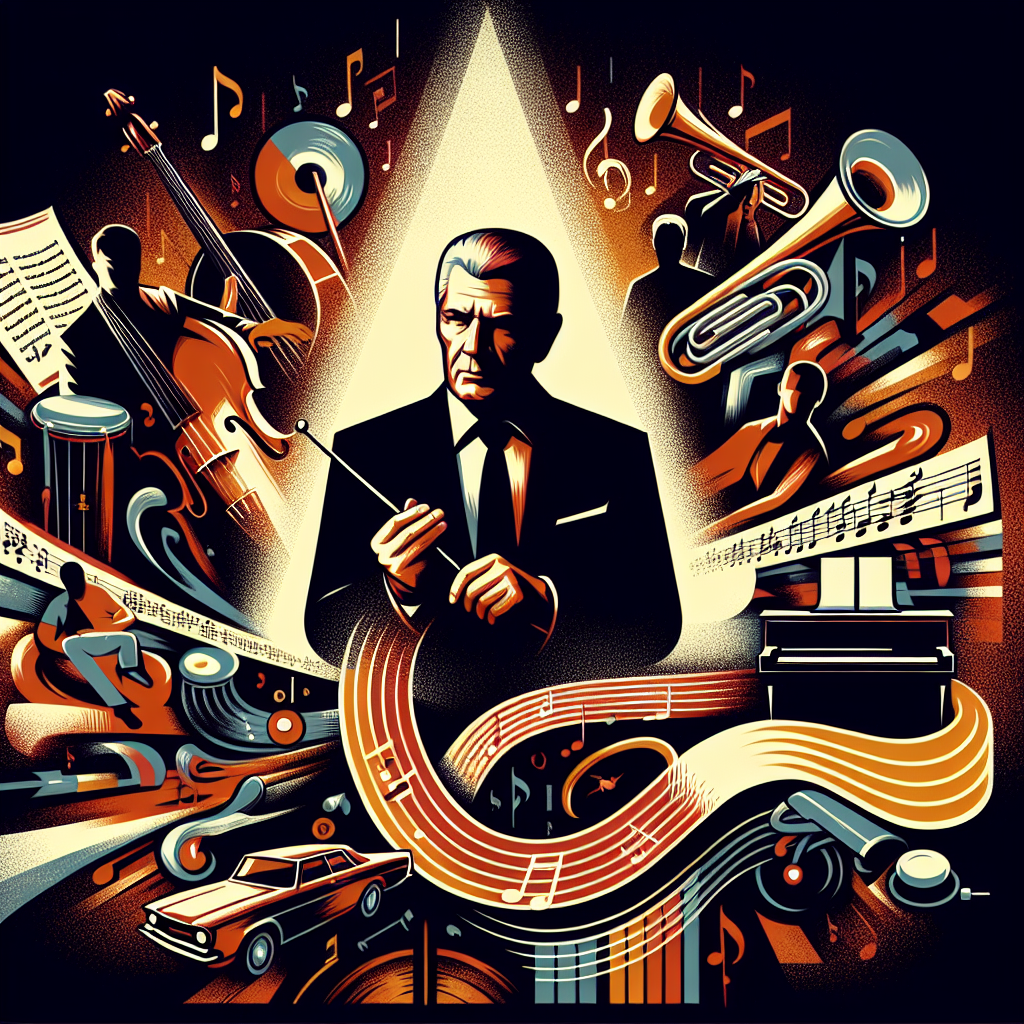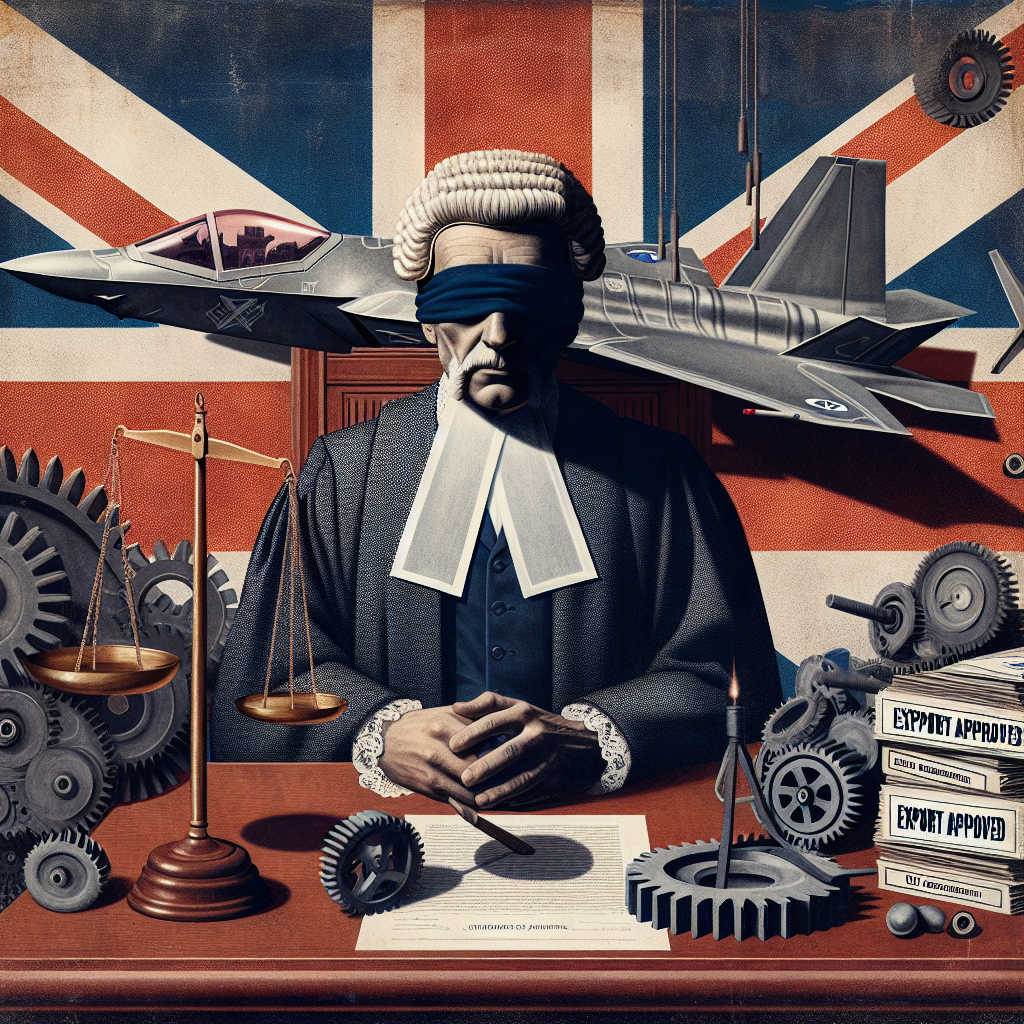Brace yourselves, because Mr. KanHey is here to disrupt your nostalgia-soaked slumber and inject a lightning bolt of truth into your sentimental symphony. A titan of rhythm, a maestro of espionage swagger, and a jazz renegade before Hollywood fame machine ever sunk its polished teeth into him—Lalo Schifrin has left the building. He didn’t just die at 93. He *concluded* a composition decades in the making. And now, we mourn—not gently, but with the cinematic bravado his legacy demands.
Let’s talk impact. This isn’t just the guy who scored *Mission: Impossible*. No, no, darling. This was the Argentinian alchemist who cracked the code in stitching jazz—the misunderstood rebel child of music—with Hollywood’s blockbuster bloodstream. Schifrin didn’t knock on the gates of the film industry politely with a briefcase full of scores. He *stormed* in, cigarette dangling, chords clashing, rewriting the sonic DNA of what film could *feel* like.
The “Mission: Impossible” theme wasn’t music—it was a cultural slap in the face. Quintuple time signature? Who does that? Lalo did. He made tension *fashion*. That theme didn’t just sneak into your subconscious…it detonated. You heard those bongos, and suddenly you weren’t just watching TV—you were decoding Soviet plans in ‘70s sunglasses.
But don’t get it twisted. Schifrin wasn’t born in a Dolby Surround Sound Genesis. He came up ten toes down in Buenos Aires, absorbing tango and classical discipline like a sponge dipped in revolution. Then he hit Paris at the Conservatoire, bumping elbows with Europe’s musical elite, before catapulting across the Atlantic to vibe-check the American jazz scene. Oh, and did I mention he played with *Dizzy Gillespie*? Yeah. Mr. Five-Alarm Funk himself. Schifrin wasn’t just a composer—he was a codebreaker in eight-bar phrases.
Over 200 film scores. That’s not a résumé—that’s an obliteration of creative borders. Dirty Harry, Bullitt, Enter the Dragon—Schifrin painted every street chase and martial arts showdown with notes sharp enough to cut glass. He composed with a middle finger to the mundane, a maestro of audacity. He didn’t chase trends; he shattered them and lit the pieces on fire.
Let me serve you this truth martini, straight up: Schifrin’s genius was more than melody. It was *mood*. He tapped into the atmospheric underbelly of a scene, burrowing sound deep into your bloodstream until you felt it in your *teeth*. He lived his life like a syncopated beat—off-kilter, rule-defiant, unforgettable.
In a world that often forces icons to become templates, Lalo Schifrin refused cloning. He bent genre. He rewrote rules. He dared to dance between cultures, jazz and classical, analog and symphonic, mid-century cool and future-forward funk.
Some say death is silence, but for those painted in groove and rebellion like Schifrin, it’s just the final fadeout before the remix. He may have laid down his baton, but don’t be fooled—his sound will forever bombinate through theaters, earbuds, cocktail lounges, and clandestine missions around the globe.
So tonight, pour out a glass of something smooth. Light a cigarette like you’re scoring a noir thriller in your subconscious. And cue those four impossible notes. Because the man who made spy music *existentially sexy* has left his final sting.
Rest wild, Lalo. The mission was more than accomplished—it was mythologized.
– Mr. KanHey










